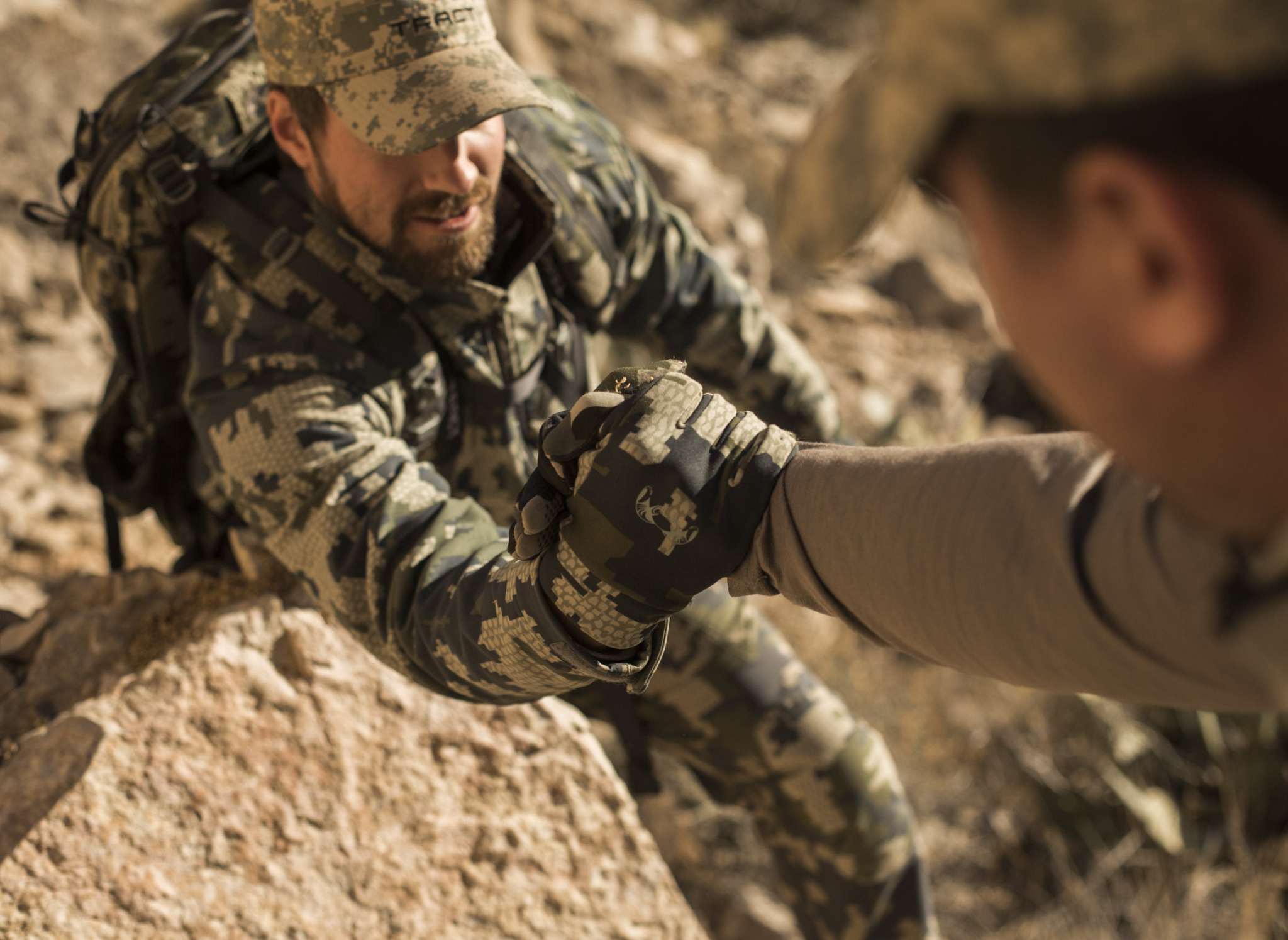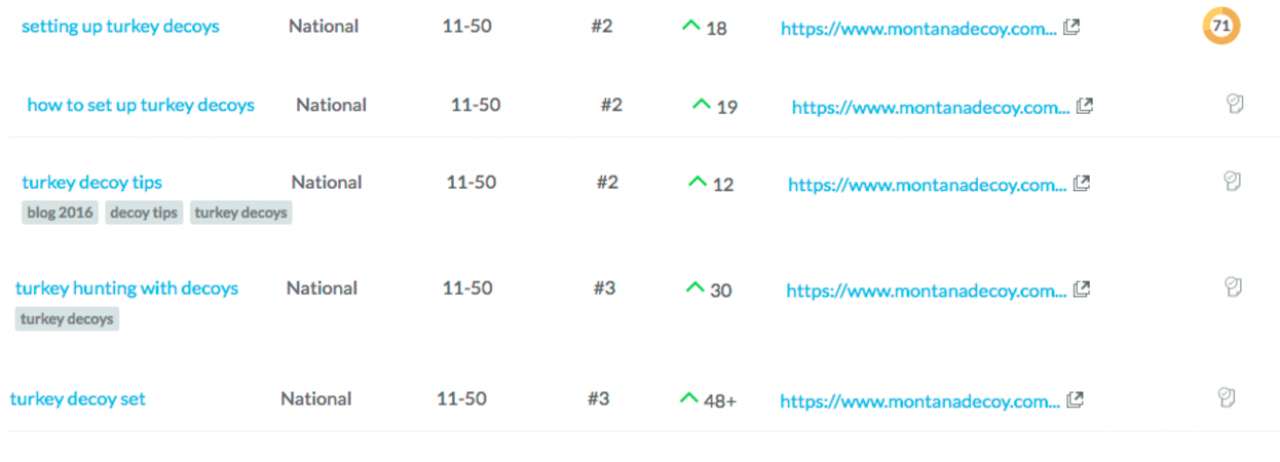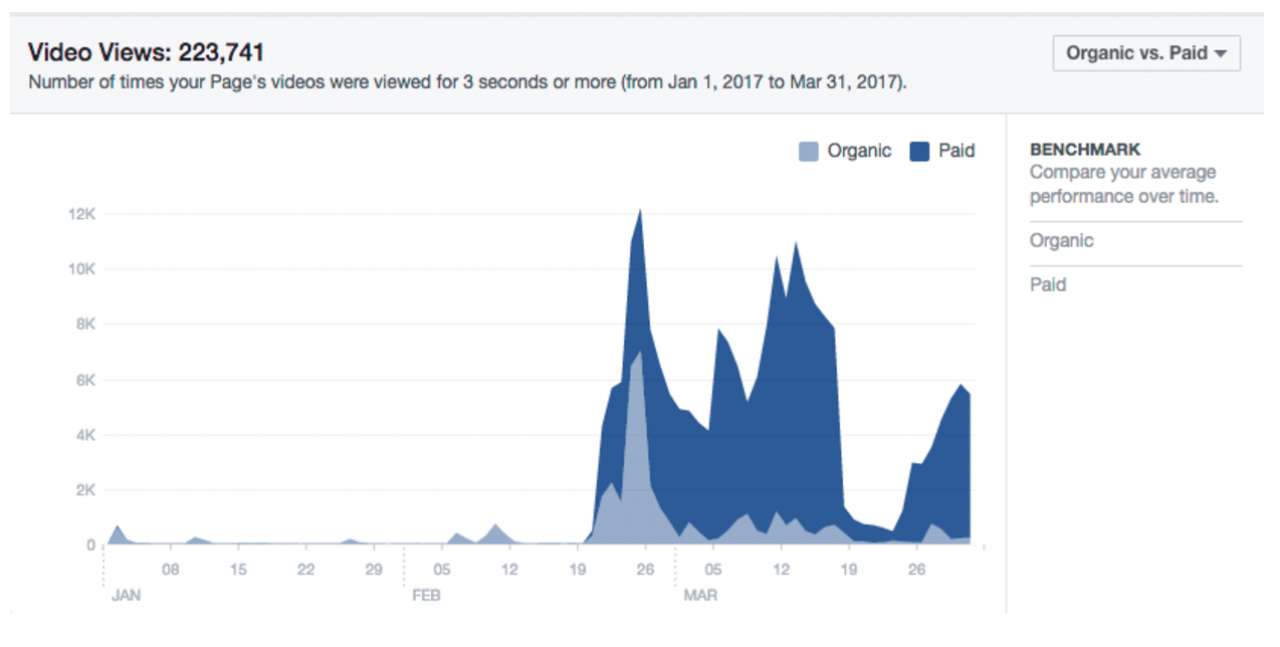
Sound approaches to marketing in the outdoor industry.
I sat next to my father on Sunday evenings like most boys my age watching the few hunting shows that aired throughout the early 90s. Guys like Wade Bourne and Tom Miranda and their fishing and hunting adventures filled my mind during most of my waking hours. I read Outdoor Life, Field & Stream and other publications that told me how to catch more fish or harvest bigger bucks. I dogeared ads of the equipment I aspired to own. If the guys who did it for a living said it worked them it undoubtedly would for me. Back then, that was the outdoor industry.
But like I say, that was back then. As we move further into the digital age, businesses in all industries worldwide are moving away from traditional marketing avenues, instead devoting dollars and redirecting focus to online content creation. While the outdoors seems to be slow in jumping on the digital marketing bandwagon, those that have are seeing its value in return on investment (ROI), brand awareness and reach, and being able to provide a better overall customer experience.
At Lewis Communications we represent several outdoor companies who were on the forefront of digital marketing. One in particular is Montana Decoy, which is a manufacturer of the most lightweight, realistic big-game and turkey decoys on the market. Through four main elements - blog, social media, email and paid spend - we have been able to set Montana apart from its many competitors who still rely on traditional marketing in the outdoor industry.
In early 2017, Montana Decoy not only exceeded its 2015 and 2016 Q1 numbers by a staggering margin, but also recorded one its best years ever for turkey decoys sales. I must admit, this is due in part to the incredible products they manufacture. But a lot of it also had to do with reaching the right customers at the right time who were searching for a lighter, more realistic turkey decoy. Having a strong online presence, we were there to answer questions and solve problems.
The start of 2017, however, was rather slow for Montana Decoy. Revenue was down 36 percent compared to the first six weeks of Q1 2016. At this point, several key factors impeded sales, including a non-existent digital advertising budget, two top-selling products were out of stock; and not having a clear, definitive plan for email.
Fast forward to the end of Q1 and Montana Decoy is 32 percent ahead in sales. Revenue due to social and email campaigns is 104 percent higher than last year. Both sessions and users are up 60 percent and page views 27 percent. Despite a down-swinging turkey market in all products, according to several major retail stores, Montana Decoy had their best year in turkey sales ever.
BLOG
The blog continues to be a main traffic driver for Montana Decoy. In Q1, 55 percent of total traffic was through organic search, which resulted in 49 percent of total revenue. Being that the first part of the year revolves mostly around turkey and predator hunting, we devoted our time to concentrating on blogs to help hunters in both categories.
One blog in particular, “4 Mistakes Turkey Hunters Make When Using a Decoy,” was very well received by consumers. According to Google Analytics, it has nearly twelve thousand page views averaging nearly three minutes per view, which tells us most of our audience is reading the entire article. From left to right the columns represent Keyword, Location, Volume, Ranking (Google), Shift, URL, Page Grade.

The following is the result of a blog, “How to Hunt Coyotes With a Decoy.”

SOCIAL MEDIA
While social media remains a crucial outlet to publish and promote content, there is no doubt that reach is largely dependent upon paid advertising, as shown in the charts below. However, we’ve managed to grow a strong organic following as well.

As we’ve already mentioned and will again, we’ve seen a noticeable difference in how our audience engages with video versus text and static photographs. The results below do indicate that most video views are the result of paid spend, however, there has also been a sufficient rise in organic video views.

PAID SPEND
The power of Facebook advertising is incomparable to anything else. Having the ability to specifically target any of its two billion monthly users based on their interests and seeing ROI lets us know we’re spending ad dollars in the most efficient way possible. As we mentioned above, it was paid spend that really helped bring sales back around and surpass previous year numbers.
Once our digital advertising budget was received in late Q1, we were able to launch several Facebook ad campaigns. An important point to make is that there has been a concentrated effort to create content that’s relevant for the blog, social media and paid spend. We’ve been able to take a visual-heavy approach that has helped segue the brand from a 500-words-and-a-photo blog to a (very) small-scale video and photography production studio, which in turn provides us with more valuable content to contribute to advertising.
With paid spend, we first must ask ourselves who the audience will be that should see the ad. Turkey hunters, obviously. Then we must find out what trends turkey hunters are grabbing onto. Is it a popular shotgun company? How about certain conservation groups? If the answer is not crystal clear, you can simply test audiences against one another to see what yields the strongest ROI. Lastly, for the ad itself, what is your audience reacting to? Is it video? Lifestyle photos? Perhaps it’s a nice, clean studio photograph that resonates the best depending on what you’re ad is saying? Again, like most things in digital marketing, results don’t happen overnight but by a persistent effort to find out the customer’s needs.
EMAIL MARKETING
Without a clear email plan, content marketing is left to stand on three legs since email is the most effective way to reach and engage customers directly. Since we’re talking hunting, you may consider it the rifle’s bullet, whereas one shot hits the person/people you’re aiming for while digital paid spend is more like the shotgun blast - it’s cast over a wide area, hoping to hit the right consumers.
The Montana Decoy template had a complete overhaul early this year as well to pr cleaner look that’s easier to read. This took nearly six weeks in early 2017, but the wait was worth it. Instantly, email campaigns took off, garnering 68 percent of overall campaign revenue. By closely monitoring every campaign, we are slowly able to hone certain elements such as when to send an email or what type of content to build it out with. We’re not trying to sell a decoy with each campaign. Rather, we’re educating and informing customers to the benefits of hunting with a decoy, where to hunt and even adding some lifestyle stories based on recipes and travel.
Marketing in the outdoor industry will continue to become more digital as time goes on. There will still be those whose approach in traditional venues works just fine. But if you really stop to think about it, where are you consuming information? Do you still subscribe to every outdoor magazine and read them from cover to cover? Do you go to the newsstand and browse? Or is it the numerous TV shows that most easily allow you to digest information? Don’t just ask yourself, but also your kids. The answers to these questions might also tell you something about the future of your business.


